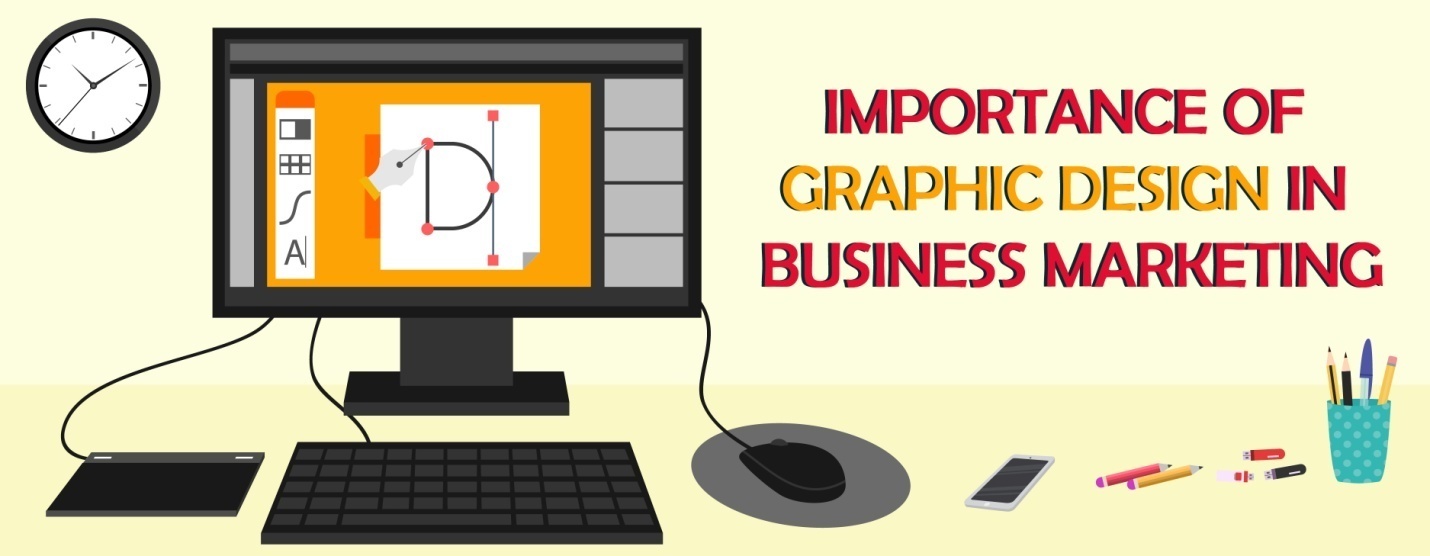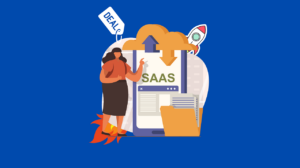Ever watched a cooking show and noticed how much effort chefs put into presentation once the dish is ready?
You enter a supermarket selling different products from different brands. Yet every product will have different packaging.
You go to a restaurant and ask for a menu card to order items of your choice. Every restaurant will have a different menu card even though the items may be the same.
Ever wondered why??
You guessed it right. It all comes down to Design. Because graphic designs determine how you perceive a product. Marketing and psychology go hand in hand. Graphic Designing helps you feel a certain way or evokes certain responses.
Graphic design for businesses is in effect a visual representation of what the business is all about, what it stands for etc. It is a form of visual communication that communicates an idea, sells a product or persuades a customer to take the necessary action.
How does this communication take place?
Through graphic design elements like logos, flyers, ads, brochures, websites etc. that act as a point of contact between the audience and the business.
To put it simply, graphic design helps build a corporate or brand identity. Graphic design boosts your branding.
You have probably heard of the terms ‘brand’, ‘brand identity’, ‘branding’ etc. and have probably even confused them with each other.
Let’s dig a little deeper and understand what these terms mean.
According to 99designs,
‘Brand’ is the perception of the company name in the eyes of the world. For example, people associate Nike and Adidas with sports and athletics and therefore they are popular as sports brands.
‘Branding’ is the process of actively creating that perception in the minds of the people. For instance, when BMW initially started marketing, it focused on the elite and the premium class as its target market and therefore gradually came to be associated as the luxury car brand.
‘Brand Identity’ is the collection of all the elements the company uses to convey the right image of itself to the consumer, for example:- Logo, Flyers, Brochures, Website etc.
Okay, let’s take a short test!
Think of computers. What is the first name that comes to your mind?
90% of the time it’s Apple.
Think of a luxury car. What are some of the names that spring to mind?
Audi and BMW, I bet!
Sports wear?
Nike and Adidas.
Want to Photocopy documents? The first name that comes to mind…?
Xerox!
These names are ‘Brands’ and how people have come to think of it is ‘Branding’. For instance, the thought of BMW when one thinks of luxury cars.
These are names that have built a strong brand identity that people associate with. There’s no magic formula that they accidentally stumbled upon. It’s the result of years of hard work conveying the right message with the product.
Imagine that you meet a person for the first time. You get an impression about the person at first glance. You describe him by the way he looks, the clothes he is wearing, his physique etc. All this information defines his personality without even knowing his name or his profession!
It’s the same for businesses. General impressions about your product/brand are driven by different aspects like Logo, website, Flyers, Brochures, product packaging etc. A positive impression is when consumers remember your product long after they have consumed it. Good brands are memorable.
But what makes a good brand?
Of course, product and customer services matters, but what is it that creates the first impression? And you don’t need me to tell you that first impressions are often the last!
A good design is what matters here along with everything else. Not that you can justify a poor product with an excellent design and packaging but nevertheless….
1. Good Design Keeps Your Brand Memorable
When we talk of graphic designing what we mean here is everything that represents your business or brand i.e. company logo, product packaging, advertisements etc. All these elements combined make a good brand. Unique concept, choice of colors to represent your brand, layout, content of your marketing material like flyers, brochure etc, everything has an impact.
2. Product Packaging can alter Perception

A classic example of this is a cooking show. If you’ve ever watched a cooking show you probably remember that chefs put a lot of effort into presentation once the dish is ready. There’s an old adage that says “You eat with your eyes”. The same is true for products too. The product packaging should be such that it makes the consumers want it simply by looking at it. The choice of colors, the message, package design etc. should be in accordance with the message that you want your product to convey. If you are marketing a premium chocolate bar, the package should be such that it conveys a sense of luxury, colors like black, brown, golden etc. would work.
3. A Good Design Makes Your Content User-Friendly
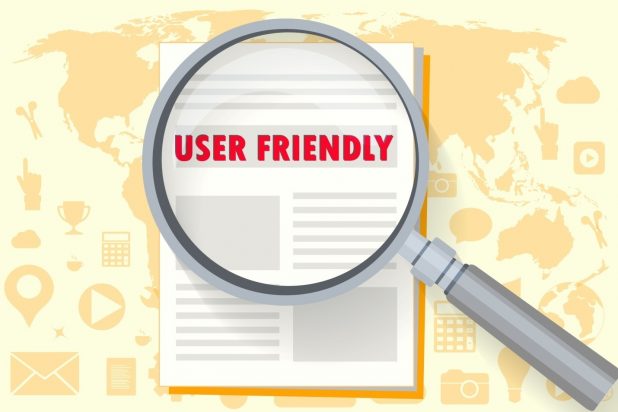
You give out product information through ads, flyers, newsletters, company website etc. Simple design, clear layout and a good UI plays a major role in determining whether or not your users consume the information that you present. Keep your content short and crisp and your layout simple so your content is easy to skim through.
A design with too many images or text or small fonts will make your content appear cluttered and difficult to read at a glance so the user will likely ignore it or trash it. Your design should be such that the content can be read at a glance especially for online customers.
4. A Good Design makes a Good First Impression
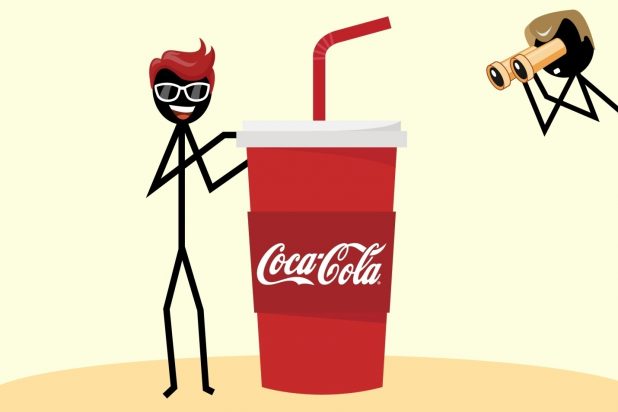
Now this is a no-brainer. When you stroll through lines of shelves in the supermarket or browse through an online catalog, you encounter hundreds and thousands of products and brands vying for your attention. Which product catches your attention? That’s right- a product with attractive packaging. Of course you may change your mind later but a good design is what catches your attention first and creates a good first impression.
Customer attention is roughly 50 seconds which is the time a brand has to capture interest. So, it’s important that your product packaging is attractive and conveys the right message to the right audience.
5. Design is not just about good looks
A lot of people tend to think that design is just about how a product or a particular document or online website looks. Well…let me tell you, you couldn’t be more wrong! There is more to design than just that. It’s about what the product or brand in its entirety tries to convey.
More than looks it’s about how the product/brand communicates to the audience. A designer’s job is not just to make your flyer; document, logo, and ad look good. A good designer takes into account your brand persona, what your company is all about, your content etc. They decide how to present your content so as to leave maximum impact on minds of the audience.
6. Helps Your Content Shine
The whole purpose of graphics is to make content stand out with the help of some design. A good graphic designer will make every effort to make your content understandable clearly and effectively. In fact the graphic design should be so good that the customer’s attention goes straight to the content and not to the design, colors etc.
7. Enhance visibility of your Campaigns

Digital media is a crowded space these days with thousands of companies competing for attention. There are hundreds of campaigns running and the only way to make yours stand out is with the help of creative, unique and stunning graphics.
What we mean here is not just the images but rather all the elements combined that make up a campaign viz. the ad creative – the theme, ad copy (text), headline etc. People are more likely to click on ads that they find attractive to the eye, assuming a relevant product/service and the right message.
8. Drives Conversions and Increases ROI
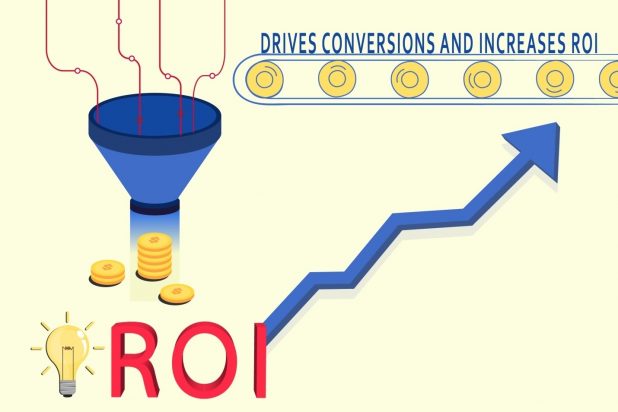
As stated previously, graphic designing is not just about images and looks, it’s the combination of content and design. Graphics is everywhere in business. Website, ad campaigns, flyers, brochures, restaurant menus, product packaging etc. – all are products design.
A good website does not just look good but also has easy navigation and a great UI. People will only click on ads that attract their eye and capture their mind with the right message.
Small children will only gravitate towards certain boxes of cereals or biscuits because they are attracted by the packaging. Similarly flyers, brochures, menus all serve to tantalize the customer’s senses and urge them to take the desired action. This drives conversions, sales and therefore ROI.
Wrapping it up….
Graphics are everywhere in business. You drive down a highway and you see large hoardings or billboards on the side of the road. You receive something by post and you see a postage stamp at the corner of the envelope.
Graphic design is everywhere. It’s an essential ingredient for establishing your presence in the market.
Graphics are an inherent part of your business. It is what differentiates your brand from countless other businesses in the market. It tells the audience what your business is and what they can expect from you.
If you want your audience to remember you in a good way, you’ve got to make a strong impression. And how do you do that? You guessed it – a strong brand identity. Create attractive designs that effectively portray your business to your customers.


